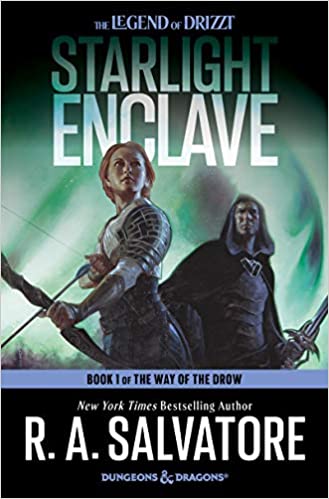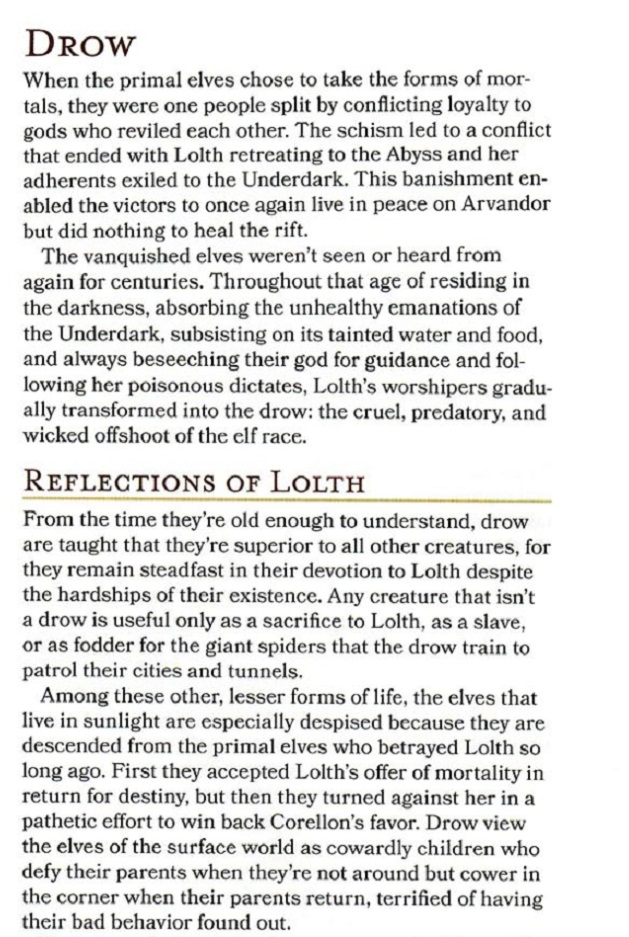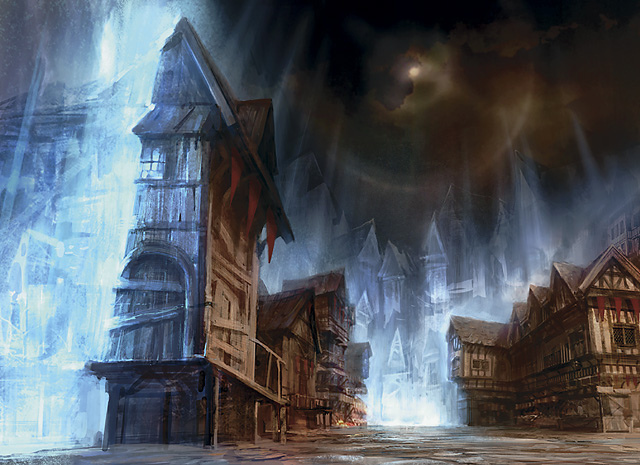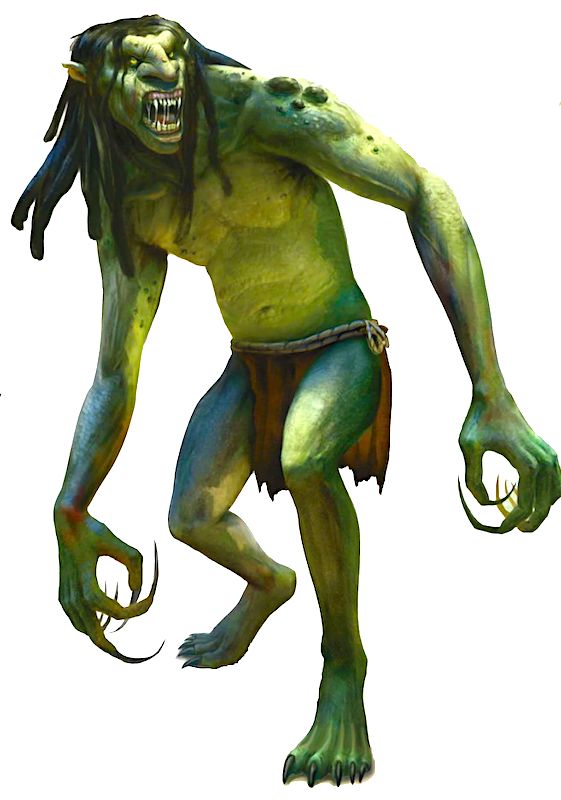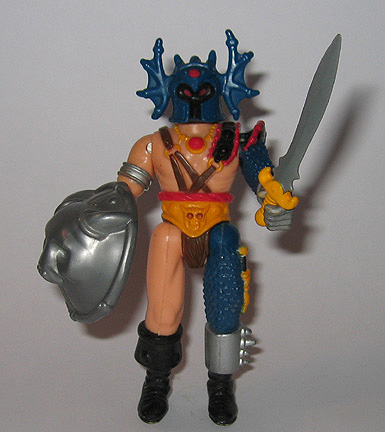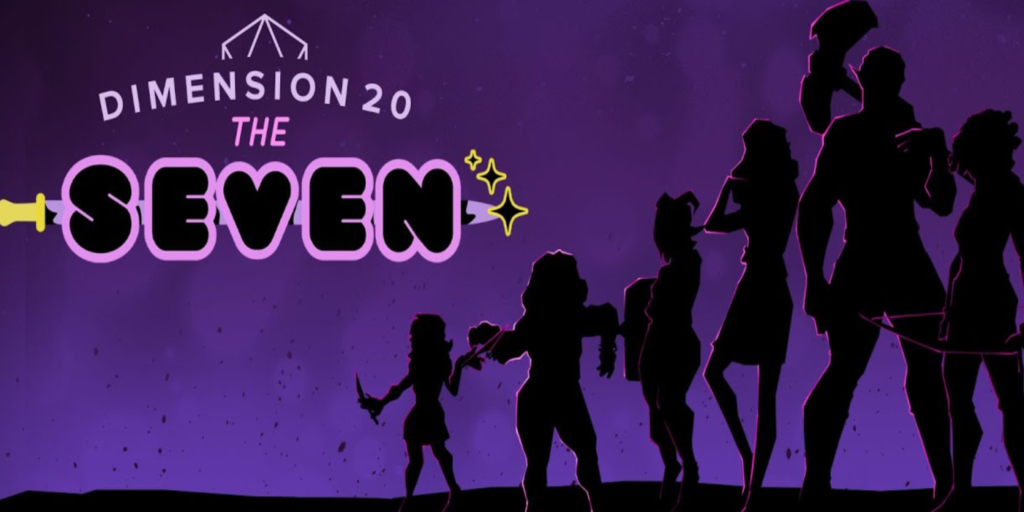D&D: WotC Declares That Novels Aren’t ‘Canon’ For 5th Edition And Vice Versa
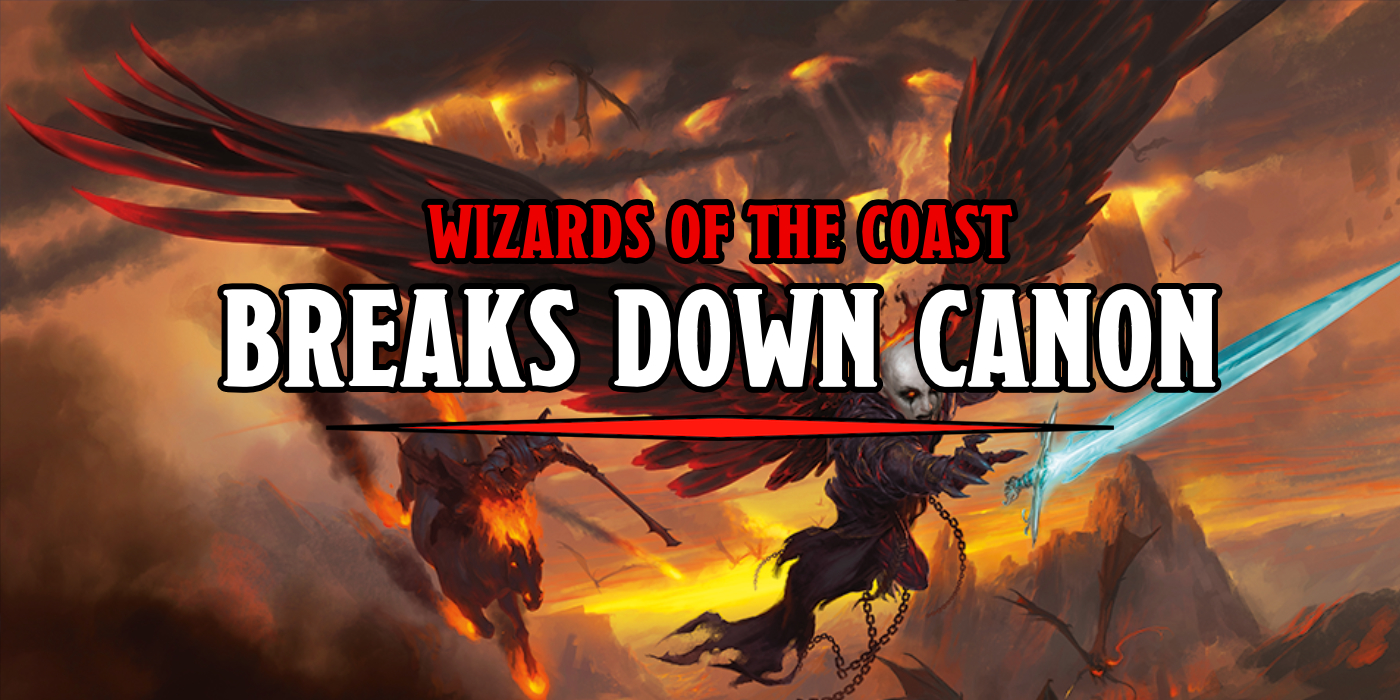

With a new Drizzt novel out this week, and Dragonlance novels not far behind, WotC sets the record straight on what is and isn’t canon in 5E D&D.
The Summer of Legend is about to reach its zenith, with the release of the book at the heart of it all, Starlight Enclave, a new Drizzt novel that will, according to author R.A. Salvatore, help fix some of the racist tropes used in earlier depictions of the drow. Primarily it does this by introducing two new enclaves of drow and classifying at least three different groups: the Menzoberranzan-dwelling, Lolth-worshipping drow you’ve always known; the starlight-bathed Aevendrow, and the jungle-dwelling Lorendrow who love nature above all else.
But over the past weekend, Wizards of the Coast released a blog post clarifying the different “canons” of D&D are separate. Meaning that what’s true in the new Drizzt novel isn’t necessarily true in your games of 5th Edition, which is an interesting statement to make considering that this recent change to drow lore has been supposedly planned for the past four or five years, per Salvatore himself.
This also isn’t the first time that drow lore has been updated/retconned since the release of 5th Edition. After all, in Mordenkainen’s Tome of Foes, the drow are revealed to have followed Lolth as she betrayed Corellon Larethian, creator of the elves, and decided to give the elves stable forms. For their betrayal, they were exiled to the Underdark and transformed into a “cruel, predatory, and wicked offshoot of the elf race.”
This is a change from earlier editions, to be sure, but presumably, this is the same sort of thing that Salvatore wished to change in his new book:
“I did it because it’s the right thing to do. It’s an update that was greatly needed — for things that I didn’t even know were a problem when I first wrote the books.
I can’t tell you how many letters I’ve gotten over the years, from people who have said, ‘Thank you for Drizzt.’ I finally have someone who looks like me.’ On the one hand, you have that. But on the other hand, if the drow are being portrayed as evil, that’s a trope that has to go away, be buried under the deepest pit, and never brought out again. I was unaware of that. I admit it. I was oblivious.”
Though, according to WotC’s new design blog many things can be true in “different expressions of D&D.” Which is a fancy way of saying that what happens in a novel or video game might not be true in a comic book or in the core setting of the RPG:
Our studio treats D&D in much the same way that Marvel Studios treats its properties. The current edition of the D&D roleplaying game has its own canon, as does every other expression of D&D. For example, what is canonical in fifth edition is not necessarily canonical in a novel, video game, movie, or comic book, and vice versa. This is true not only for lore but art as well.
This post calls out Salvatore’s changes specifically, which came about after a high-level meeting with WotC staff.
This approach allows R.A. Salvatore to write Drizzt novels without having to worry if his version of the Forgotten Realms perfectly matches what we do in the roleplaying game. It means that a D&D video game can take elements from a series of novels and present them in a way that serves the game’s needs, rather than adhering to the sequence of events chronicled in the novels. Creatively, it’s liberating.
Which, depending on how you read it means that the drow aren’t necessarily changed to fit Salvatore’s new vision. Though WotC has previously said that humanoids will no longer be part of “always/only-evil societies” meaning that Orcs and Drow are already changed, canonically, though there are no specifics as to how.
Other things worth gleaning from the design post–D&D maintains a different “canon” for each of its editions, meaning that lore that was true in 3rd or 4th edition isn’t necessarily true across the editions.
Which gets interesting when you consider how much work has been done to keep Faerun consistent across the editions. 5th Edition, for instance, takes place roughly around 1492 DR in Faerun, and it occurs sometime after a terrible event known as the Spellplague, which was one of the ways that D&D explained the mechanical differences in 4th Edition.
All of which is there to keep the game internally consistent:
Whether or not a piece of art or lore is canonical in fifth edition should have little or no bearing on how most people interact with the game. If I told you that Markham Southwell is canonically the sheriff of Bryn Shander circa 1492 DR, would that really impact your experience running or playing Icewind Dale: Rime of the Frostmaiden? I hope not. However, we use canonical lore internally to maintain consistency across our fifth-edition products. Knowing that fire giants are canonically shorter yet more powerful than frost giants means that we don’t need to rethink that bit of lore in upcoming products. Similarly, knowing that all trolls regenerate makes designing new troll variants easier.
And with a new Dungeons and Dragons movie and TV series in the works, the discussion and separation becomes even more important. Still, a few things remain true, because much like how Star Wars authors/producers love grabbing characters and references from various shows like the Clone Wars or Rebels, especially Rebels, D&D’s more popular and enduring characters have a way of showing up everywhere. Like Minsc and Boo who are canonically in many different editions of the game, as are characters from the D&D cartoon show.
What do you think should be in the new canon for D&D?

